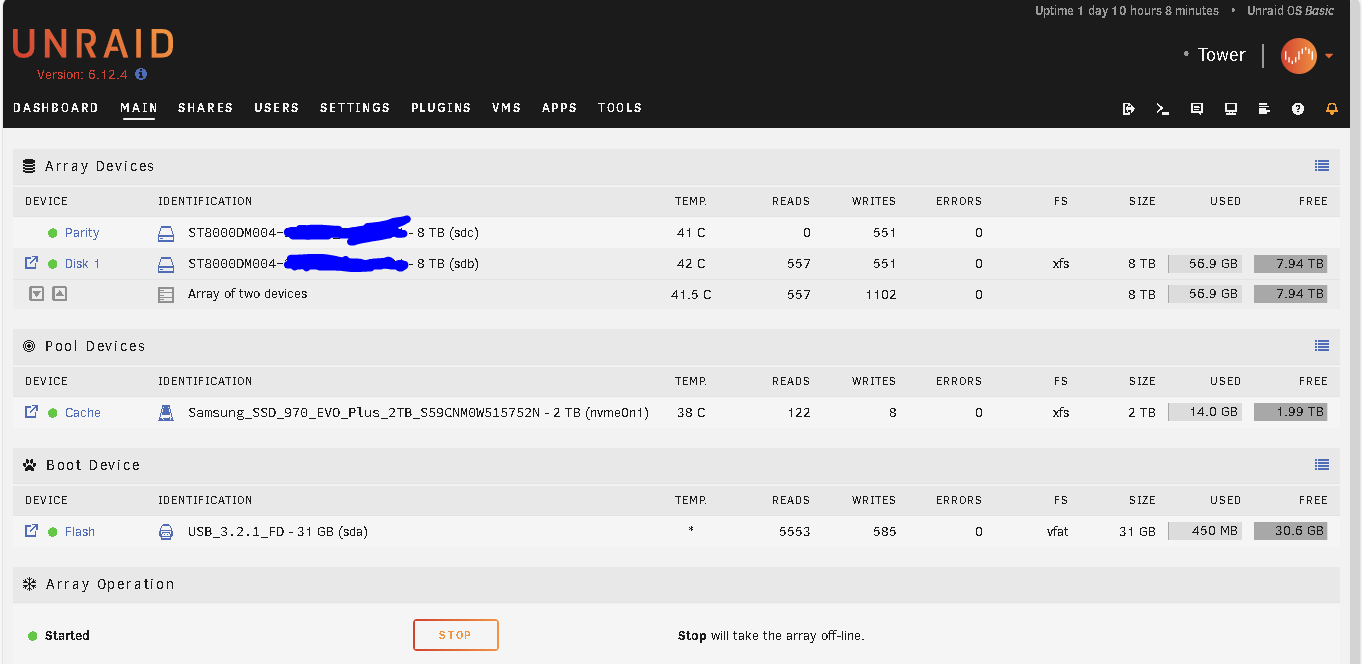Hi!
So I did the hardest parts (buying and assembling, and setting up unraid) and got to the "fun" part (actually putting things on unraid) and now I'm just frozen in indecision and well... not knowing where to start, really.
I have a NVME ssd for my flash and two 8 TB HD, one to hold info and the other for parity.
I want to create an area for NAS - Storage of photos; stuff I want to share between android phone, computers and IPAD
I want to set up (probably plex) and the *arr stuff for video and such
and I assume at least some of the above will be in docker containers? Or are they better not?
I was also thinking of a pi-hole and wasn't sure if I could throw that in a docker instance?
I assume I should also... like... protect this with... sssstuff? But also since I'm mostly going to be using it LAN (though I could make it accessible openly?)
Honestly I am out of my depth.
It's not that there's no information, there's just too much information and I don't know how to sort through it and find answers that will be helpful to my situation so I was hoping some of you friendly people would make suggestions or help. (I'm headed to bed just about now but will be probably tooling around on my phone and will respond when I wake up too.)
Thanks!
